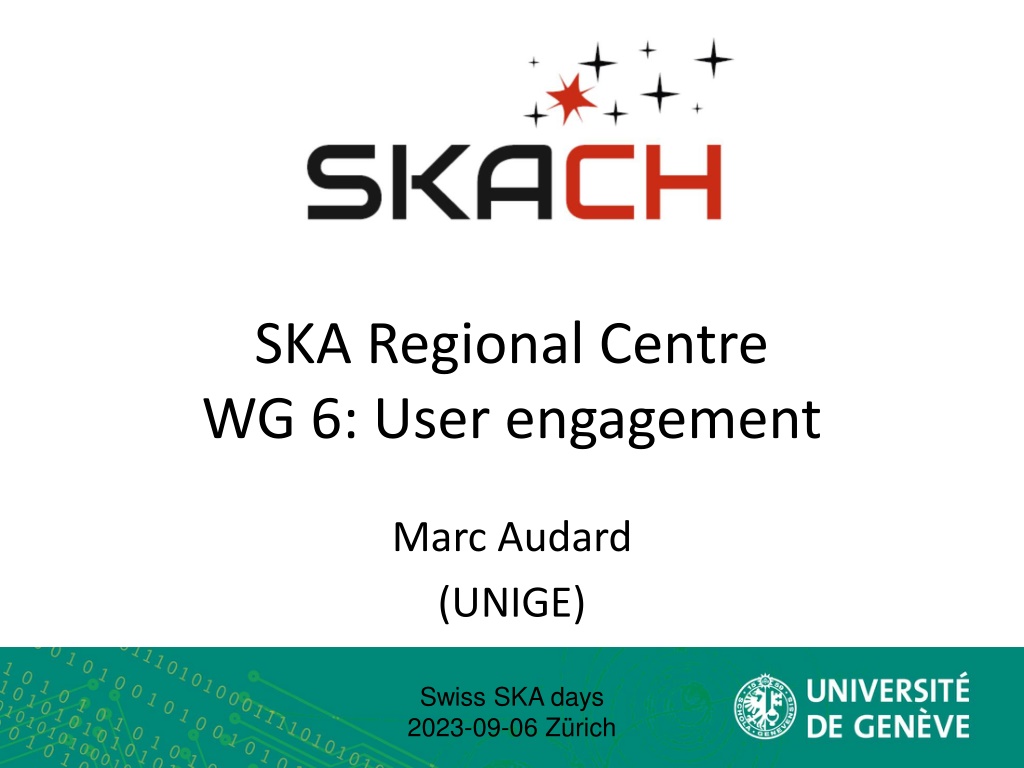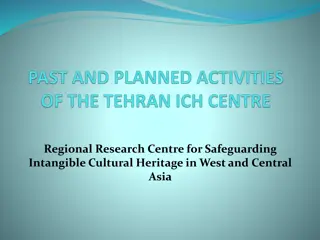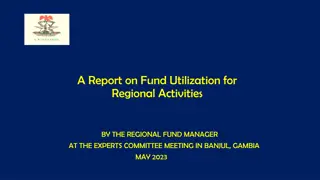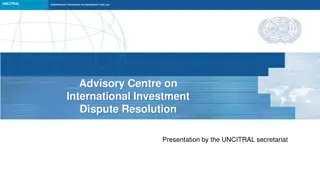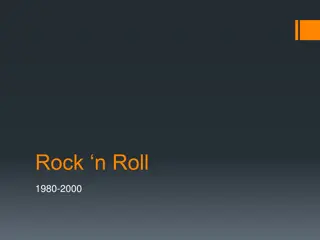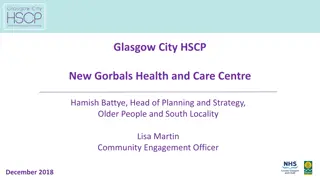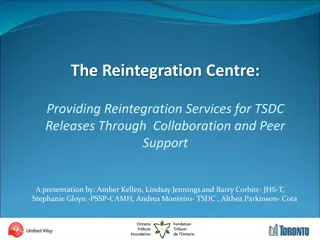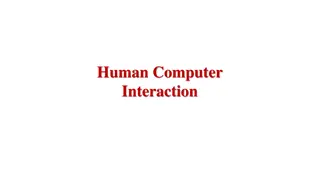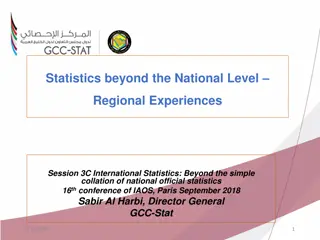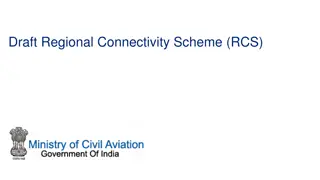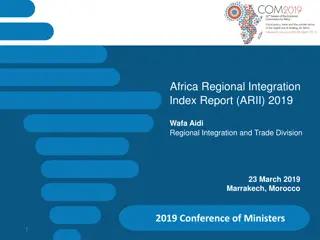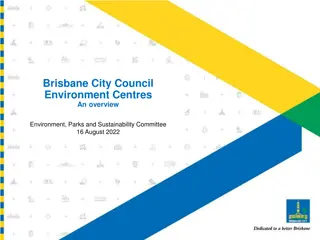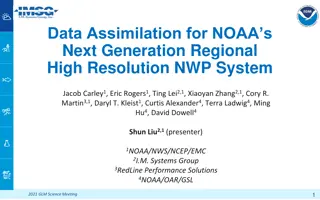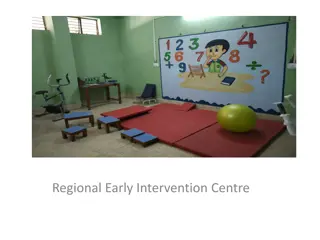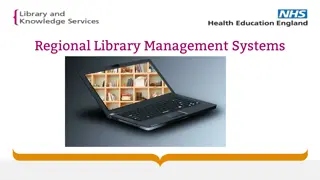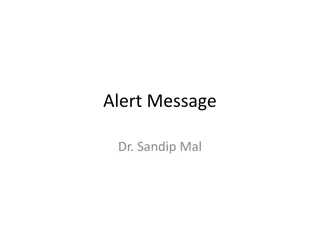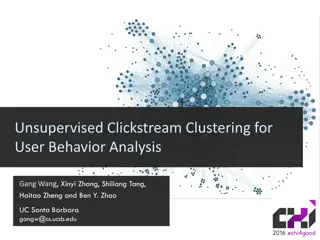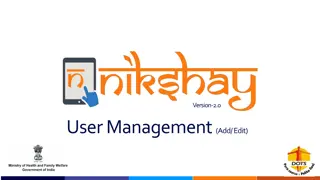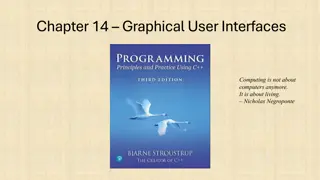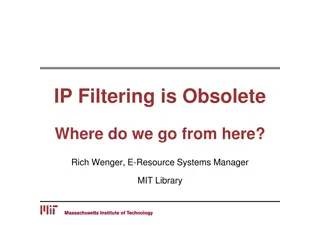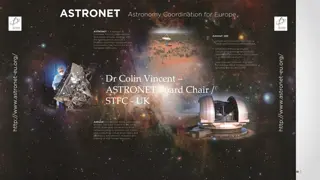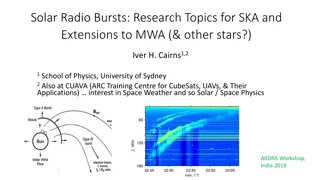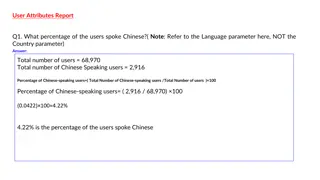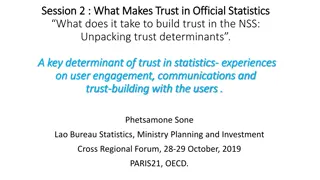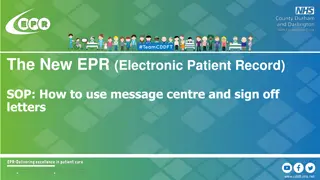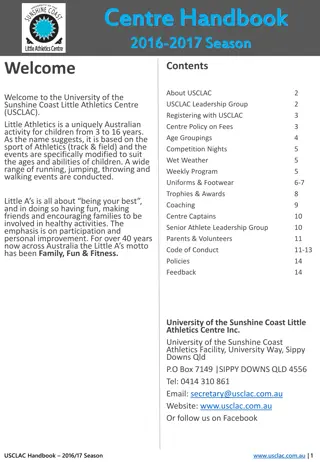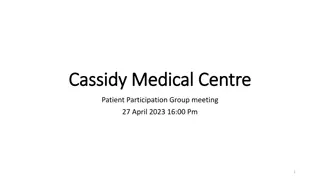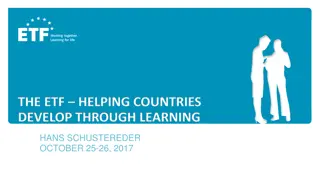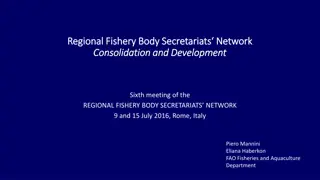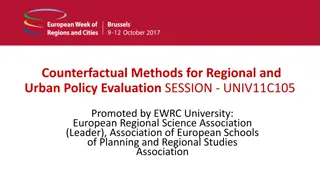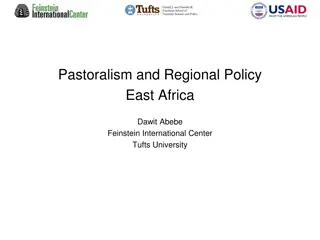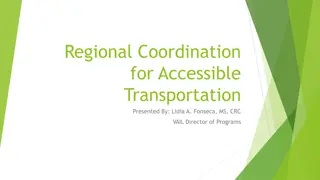Evolution of SKA Regional Centre WG6: User Engagement Activities
The SKA Regional Centre WG6, with a focus on user engagement, has evolved over the years to engage the science community in maximizing the science return. Activities include collecting feedback, coordinating interactions, and setting up forums for users. The transition towards prototyping agile teams and continuous interactions with stakeholders mark the future direction of WG6.
Download Presentation

Please find below an Image/Link to download the presentation.
The content on the website is provided AS IS for your information and personal use only. It may not be sold, licensed, or shared on other websites without obtaining consent from the author. Download presentation by click this link. If you encounter any issues during the download, it is possible that the publisher has removed the file from their server.
E N D
Presentation Transcript
SKA Regional Centre WG 6: User engagement Marc Audard (UNIGE) Swiss SKA days 2023-09-06 Z rich
SRC-Steering Committee and WG6 November 2018: the SKA Board launched the start of the activities, via the set up of a SC: The mission of the SRC Steering Committee (SRC-SC) is to define and create a long-term operational partnership between the SKA Observatory and an ensemble of independently- resourced SKA Regional Centres November 2019: the SRC-SC began the activities of the WG6: Science User Engagement The final aims of this long-living WG are (i) to engage the science community in tuning the requirements for the SRC network in order to maximize the science return and (ii) to guide the scientific community at large towards the new end-to-end procedures that the SKA era will require for performing a scientific program Slide from A. Possenti (WG6)
SRCSC WG6: User engagement To engage the science community in tuning the requirements for the SRC network in order to maximize the science return To guide the scientific community at large towards the new end-to-end procedures that the SKA era will require for performing a scientific program. TP1 = to collect feedback from SKA potential users and archive users to help identifying a complete set of requirements for the SRC network TP2 = to support, stimulate and coordinate a constant interaction among the software developers and the Science User communities TP3 = to coordinate the set up of the SRC capability challenges Disappearance of TPs to have one single WG6 group end of 2022 Until then, WG6 was focussed around collecting information from question to SKA SWGs and creation of user stories and use cases (see Basel presentation)
WG6 in 2023 and forward SRC development moved toward prototyping agile teams (Agile Release Train) SKACH members active in teams + MAU observer for Tangerine team Feedback for Science Analysis Platform (as part of WG6 for MAU) Continuation of WG6 activities: Regular bi-weekly telecons interactions with the SWGs and the AGILE teams (and others if needbe) help with the setup of the Forum of the SRC Users, including representatives of the SWGs and, in future, people from other communities as well (i.e. archive users, astrophysicists and researchers at large, software developers, etc...). Setup of JIRA SRCWG6 project in collaboration with SKAO Procedure to get feedback or input for, e.g., SKAO SAFe Agile teams, or to obtain feedback from Science Working Groups, or any group. Assignee is per default Marc Audard reassign/add watchers, follow-up etc
SRC Management Organisation Draft organisation from Michiel van Haarlem (SRCSC Chair)
SRCNet Science Forum Purpose and remit of the Science Forum is to enable communication between the scientific community and the SRCNet developments The science forum is the place of the community to exchange overall information of the SRCNet and place data processing and archiving development requests (scientific requests may be collected within the forum and channelised to the SKAO) SRCNet developments are organised following a program increment (PI) structure established within the SKAO. The PI process includes several organisational PI meetings (~2 weeks) to plan and set up the PI development process (3 months). The science forum establishes a communication to these activities in order to provide feedback and advice to the PI programme, this relationship will be established by the nominated Business Owners (BOs). The setup of the SRCNet science forum The science forum will comprise scientific representatives of the council, members of SKAO, the representatives of SRCSC WG6, people nominated by the SWGs, and additional experts from the community at large. The members of the science forum will be informed on the PI process and its developments Requests of the SAFe teams and advise from the forum is collected and managed by the SRCSC-WG6, under supervision of the BO, and coordinated via the JIRA system NB: process still being discussed and setup
WG6 duties within PI Duties of the BO and the SRCSC-WG6 within the PI activities *Backlog prioritisation process (~1 week): - join the backlog prioritisation process planning sessions (BO) - provide feedback (personal view and from the outcome of the science forum/Town hall meetings resulting from previous PI) to the backlog prioritisation activities (BO) - collect the outcome of the backlog prioritisation process and share with SRCSC- WG6 (BO) *PI planning workshop (~1 weeks): - join the PI planning workshop (BO) - provide feedback to the PI planned activities from the backlog prioritisation process (BO) - inform the science forum of the planned PI developments (BO) Continues next slide NB: process still being discussed and setup
WG6 duties within PI *PI process (3 months): - requests of the SAFe Team and feedback from the science forum is collected via the JIRA system (coordinated by the SRCSC-WG6 under supervision of the BO) - management and analytics of the feedback system supported by SRCSC-WG6 - interact with the SAFe Teams and the ART programme team on request or at coordinated monthly meeting (BO) (NOTE that this is a WG6 request to fit into the SAFe process) *Science Forum: - provide information on the PI process outcomes, what has been done and what will be done by the SAFe teams (BO) - provide overview of requests of the SAFe Teams and Science Forum response - science forum will compile the requests of the scientific community - the requests are coordinately fed into the PI process (BO) NB: process still being discussed and setup
Engaging the science community Future planned developments - to engage the science community at large It is envisaged that the SRCSC WG6 will additionally organise periodic SRCNet Townhall meetings providing a place to inform and update the community at large about the development of the global SRCNet and opportunities for the community to be involved (e.g.: people running data challenges, people taking care of national SRCs, etc). This will provide a conduit to a wide community of future SRC and SKAO users to be informed and feedback on the development and operations of the SRCNet. The task of the BO for this meeting is: - provide information on the PI process to the scientific community - provide information about SRCNet status, activities, and programmes - requests of the scientific community is collected
Summary WG6 engages potential users of SKAO, incl. SWG WG6 provides input to development teams WG6 will be important for the setup of the SRCNet Science Forum WG6 is a long-standing WG of SRC that will help guide the development of SRCNet
